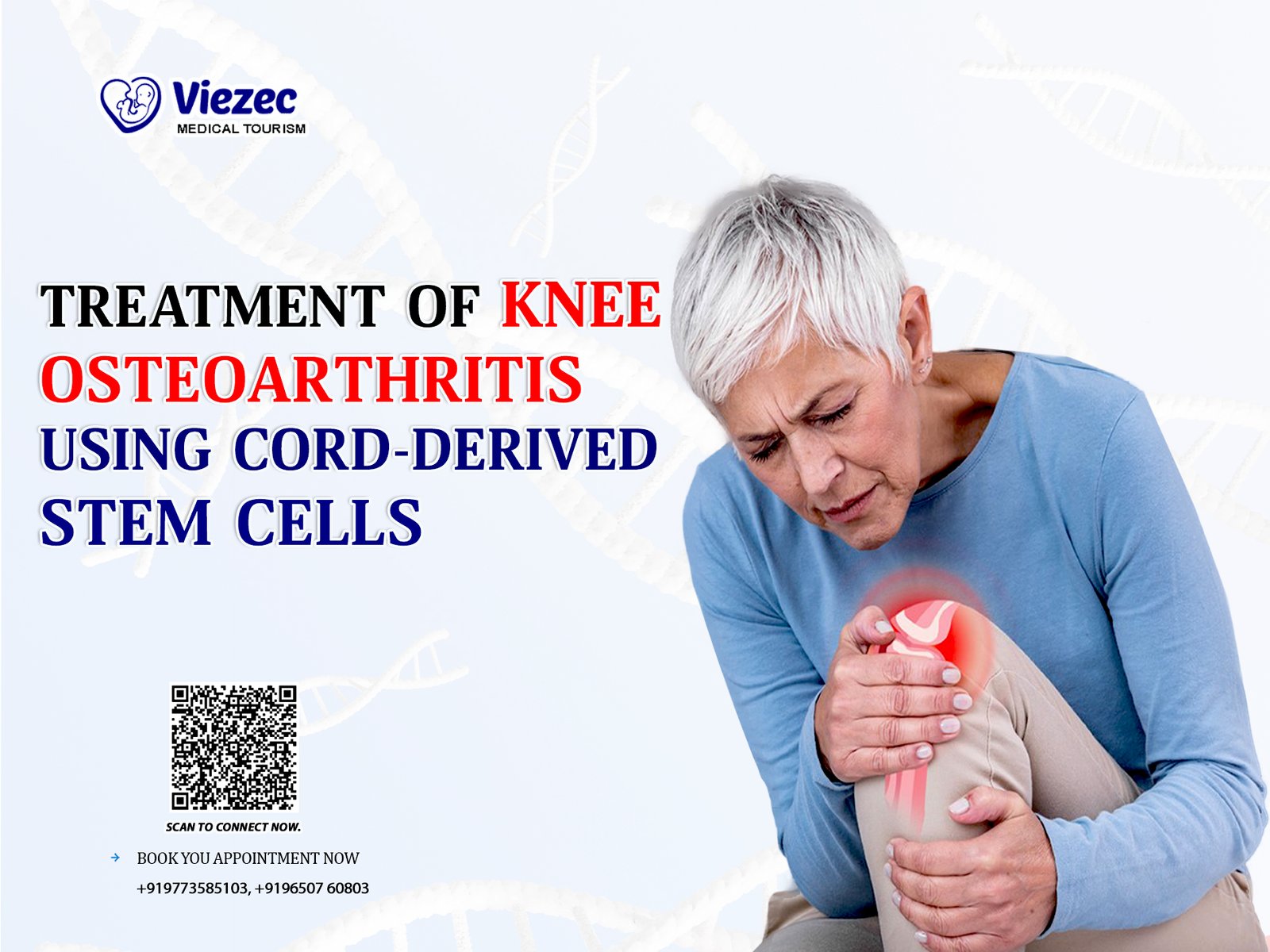The human skin, a complex and versatile organ, plays a crucial role in protecting the body from external threats and maintaining internal homeostasis. Beneath the surface of this remarkable organ lies a hidden world of regenerative potential – the realm of skin stem cells. In this comprehensive exploration, we delve into the intricacies of skin stem cells, their types, functions, and the groundbreaking implications they hold for regenerative medicine and skincare.
Defining Stem Cells
To comprehend the significance of skin stem cells, it is essential to grasp the fundamental characteristics of stem cells themselves. Stem cells are undifferentiated cells with the remarkable ability to develop into specialized cell types. They serve as the foundation for the body’s growth, repair, and maintenance processes.
Types of Skin Stem Cells
Understanding the diversity of skin stem cells is pivotal in unraveling their unique roles and contributions to skin biology. The skin harbors distinct types of stem cells, each specialized for particular functions.
Epidermal Stem Cells
The outermost layer of the skin, known as the epidermis, is primarily composed of keratinocytes. Epidermal stem cells, residing in the basal layer of the epidermis, are responsible for replenishing these keratinocytes, ensuring the continuous regeneration of the skin’s protective barrier.
Hair Follicle Stem Cells
Hair follicle stem cells are nestled within the hair follicles, playing a crucial role in hair growth and regeneration. These cells contribute not only to the formation of new hair but also to the repair of the epidermis during wound healing.
Sebaceous Gland Stem Cells
Sebaceous glands, vital for maintaining skin hydration, house sebaceous gland stem cells. These cells are pivotal in generating sebum, an oily substance that prevents dehydration and protects the skin from microbial invasion.
Sweat Gland Stem Cells
Sweat glands, essential for thermoregulation, contain sweat gland stem cells. These cells contribute to the formation of sweat, facilitating the body’s ability to cool down under various environmental conditions.
Dynamic Role of Skin Stem Cells
The versatility of skin stem cells extends beyond their ability to differentiate into various cell types. These cells actively participate in maintaining tissue homeostasis, responding to environmental cues, and orchestrating complex regenerative processes.
- Regeneration and Repair
One of the most remarkable attributes of skin stem cells is their role in tissue regeneration and repair. In response to injuries, these cells rapidly mobilize to replace damaged or lost cells, facilitating the restoration of skin integrity.
- Maintaining Homeostasis
Skin stem cells contribute to the continuous turnover of skin cells, ensuring that the epidermis remains functional and resilient. This process is crucial for maintaining a protective barrier against pathogens and environmental stressors.
- Adapting to Environmental Changes
Skin is exposed to a myriad of environmental challenges, from UV radiation to pathogens. Skin stem cells exhibit a remarkable ability to adapt to these changes, modulating their behavior to meet the dynamic demands imposed by the external environment.
Journey of Discovery: Unraveling Skin Stem Cell Dynamics
Scientific exploration has been instrumental in uncovering the mysteries surrounding skin stem cells. Researchers have employed various methodologies and technologies to study these cells’ behavior, differentiation pathways, and regulatory mechanisms.
Advancements in Imaging Technologies
In recent years, cutting-edge imaging technologies, such as live-cell imaging and 3D reconstruction, have provided unprecedented insights into the dynamic behavior of skin stem cells. These techniques enable scientists to observe cellular processes in real-time, offering a deeper understanding of stem cell dynamics.
Genetic and Molecular Studies
Genetic and molecular studies have unveiled the intricate regulatory networks governing skin stem cell function. Researchers have identified key signaling pathways and transcription factors that play pivotal roles in controlling stem cell behavior, providing potential targets for therapeutic interventions.
Innovations in Stem Cell Culture
The development of advanced stem cell culture techniques has allowed scientists to isolate and expand skin stem cells in laboratory settings. This has not only facilitated in-depth studies but also opened avenues for potential applications in regenerative medicine.
Promise of Regenerative Medicine
The unique properties of skin stem cells hold immense promise for the field of regenerative medicine. Researchers are exploring innovative strategies to harness these cells for therapeutic purposes, ranging from wound healing to tissue engineering.
- Wound Healing and Scar Reduction
Skin stem cells play a crucial role in the natural healing process of wounds. Harnessing their regenerative potential could lead to novel therapies for accelerating wound closure and minimizing scar formation.
- Tissue Engineering and Organ Regeneration
The ability of skin stem cells to differentiate into various cell types makes them attractive candidates for tissue engineering and organ regeneration. Researchers are actively investigating ways to engineer functional tissues and organs using these versatile cells.
- Treatment of Dermatological Disorders
Dermatological disorders, ranging from chronic skin conditions to genetic disorders, pose significant challenges. Skin stem cell-based therapies offer a promising avenue for developing targeted treatments to address these disorders at their root.
Challenges and Ethical Considerations
While the potential of skin stem cells in regenerative medicine is exciting, it comes with its share of challenges and ethical considerations.
Tumorigenic Potential
The uncontrolled proliferation of stem cells poses a risk of tumorigenesis. Understanding and mitigating this risk is crucial for the safe and effective application of skin stem cells in therapeutic settings.
Ethical Use of Stem Cells
The ethical use of stem cells, including skin stem cells, remains a subject of debate. Striking a balance between scientific advancement and ethical considerations is essential to ensure responsible research and application.
Intersection of Skin Care and Stem Cells
Beyond the realm of regenerative medicine, the beauty and skincare industry has also recognized the potential of skin stem cells in promoting healthier and more youthful skin.
- Anti-Aging Products
The regenerative properties of skin stem cells have inspired the development of anti-aging skincare products. These products aim to stimulate the activity of skin stem cells, promoting collagen production and reducing the visible signs of aging.
- Wound Healing in Cosmetics
Cosmetic formulations incorporating skin stem cell extracts claim to enhance wound healing and tissue repair. While the scientific evidence supporting these claims is still emerging, the cosmetic industry continues to explore the potential benefits of skin stem cells in skincare.
Future Perspectives and Concluding Remarks
As we celebrate the one-year milestone of our exploration into the world of skin stem cells, it is clear that the journey is far from over. Ongoing research, technological advancements, and ethical considerations will shape the future applications of skin stem cells in both regenerative medicine and skincare.
Emerging Technologies
The integration of emerging technologies, such as CRISPR-Cas9 gene editing and organ-on-a-chip systems, holds the promise of further unlocking the potential of skin stem cells. These technologies may enable precise manipulation and control of stem cell behavior for therapeutic purposes.
Collaborative Research Efforts
Collaborative efforts between scientists, clinicians, and industry experts will be crucial in translating research findings into tangible applications. The synergy between different disciplines will accelerate progress and ensure the responsible development of skin stem cell-based therapies.
The saga of skin stem cells unfolds as a captivating narrative of discovery, challenges, and possibilities. As we reflect on the past year of exploration, we anticipate an exciting future where the regenerative potential of skin stem cells transforms the landscape of medicine and skincare, offering new avenues for healing and rejuvenation.









